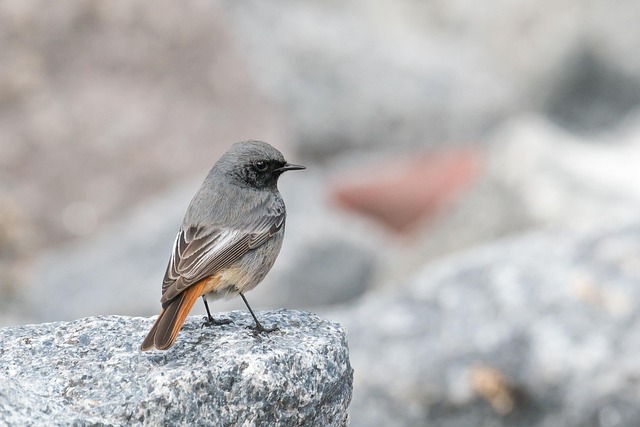As the world grapples with the pressing issues of climate change, one of the most profound impacts is the loss of habitat for migratory animals. Deforestation, driven by agricultural expansion, logging, and urbanization, is stripping away the essential environments that countless species rely on. These animals, with their intricate and often delicate migration patterns, are now facing unprecedented challenges, leading to a potential crisis within our ecosystems.
Every year, countless birds traverse thousands of miles, following ancient routes that connect their breeding and wintering grounds. However, as forests are decimated, these routes are becoming increasingly perilous. Deforested areas are no longer the lush landscapes that once facilitated safe passage and abundant resources. Instead, they have transformed into barren land, leaving migratory species with fewer places to rest, feed, and breed. This disruption not only threatens their survival but also the intricate web of life that depends on them.
Take the Arctic Tern, for example, whose migration spans from pole to pole. The forests that once offered refuge during their long journey are dwindling, leaving these resilient birds vulnerable to predation and, ultimately, population decline. Similarly, species like the Monarch butterfly, who rely on specific plants that grow in forested areas, are witnessing dramatic decreases in their numbers due to the widespread clearing of these essential habitats.
Moreover, migratory animals play a vital role in maintaining ecological balance. They contribute to seed dispersal, pollination, and pest control, which are essential for healthy ecosystems. When these animals are forced to alter their migratory paths or abandon them altogether due to loss of habitat for migratory animals, the ramifications ripple through the entire environment, affecting numerous plant and animal species. The intricate balance of our ecosystems is being jeopardized, with potential consequences that could echo for generations.
The connection between deforestation and climate change can’t be overlooked, either. Forests are carbon sinks, absorbing carbon dioxide and playing a crucial role in regulating our climate. As we witness rampant tree loss, we not only exacerbate the effects of climate change—pushing the planet into a cycle of heating and erratic weather patterns—but we also undermine the very systems that help our planet heal. For migratory animals, this means even more uncertainty, as changing climates alter food availability and habitat suitability along their migration routes.
What can we do to combat this concerning trend? Increasing awareness about the pressing need to protect our forests is crucial. Supporting sustainable forestry initiatives and conservation efforts can help preserve vital habitats for migratory species. Engaging in reforestation projects or supporting organizations dedicated to habitat restoration can make a tangible difference. Additionally, advocating for policies that address climate change and promote sustainable land use can help protect these migratory routes before they disappear forever.
As stewards of the planet, we share the responsibility to ensure that future generations inherit a world where migratory animals can thrive. The loss of habitat is not just an environmental issue; it is a humanitarian one, binding us all to the fate of our planet and its inhabitants. It is high time we take action to secure a future where nature and humanity can coexist harmoniously.




